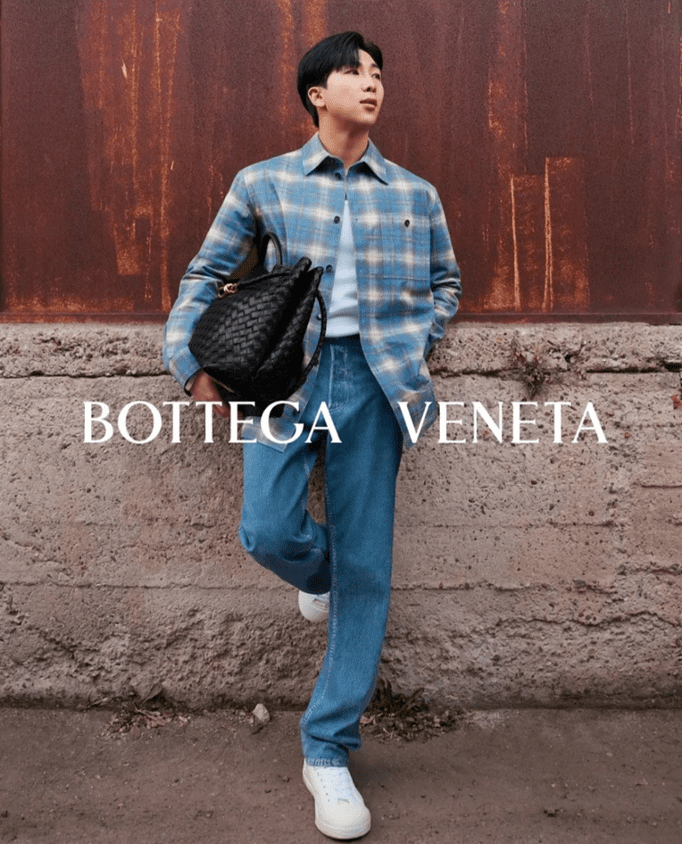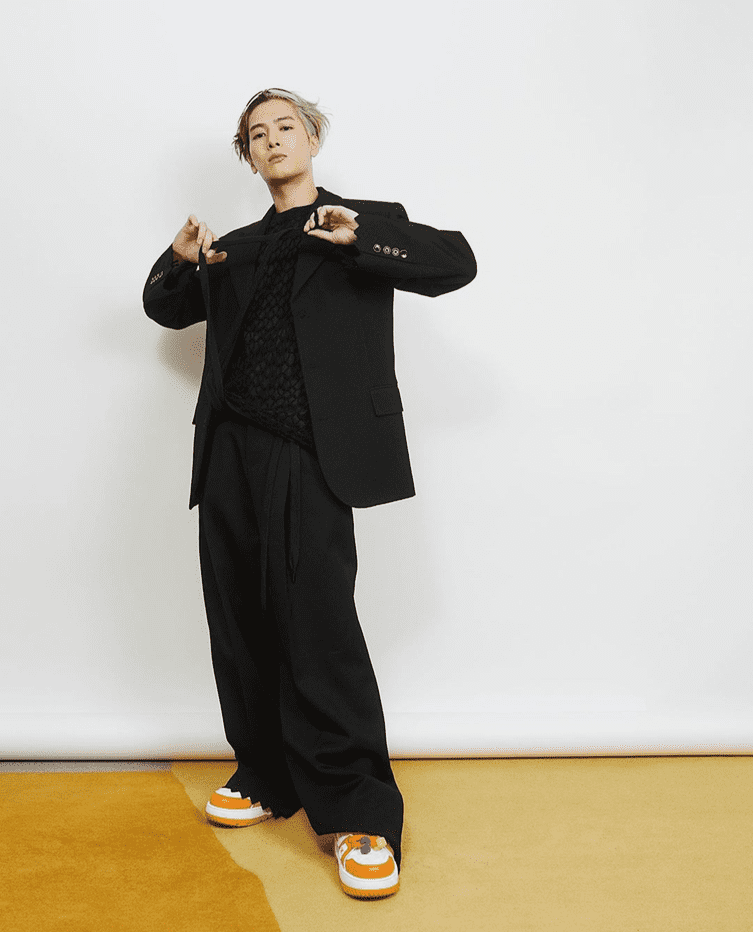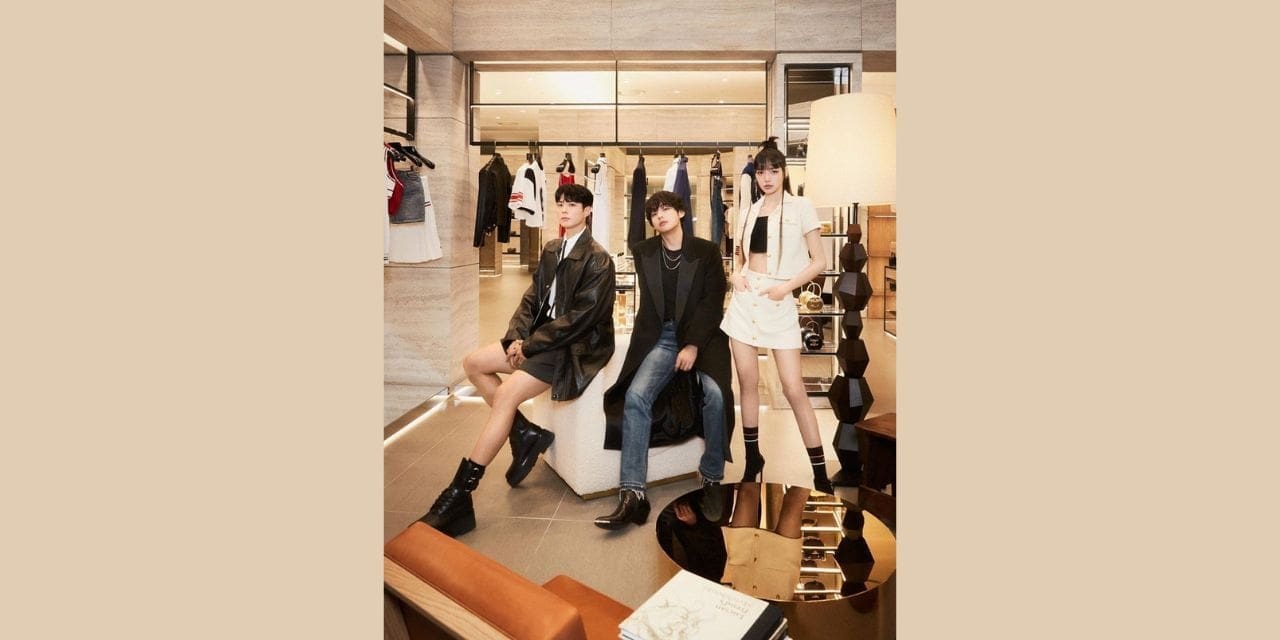-By Ankita Dutta.
Possibly today’s biggest international talents are K-pop idols. These singing-dancing-acting-modelling powerhouses have millions of admirers, so it seems natural that high-end fashion businesses would want to tap into their popularity. Dior named Jimin from BTS as its new worldwide ambassador at the beginning of the year. More recently, Calvin Klein hired Jungkook and Celine named V from BTS as brand ambassadors.
Long serving as brand ambassadors for several of the most famous luxury companies in the world are members of the biggest K-pop bands. Back in 2017, both BLACKPINK’s Jennie and BIGBANG’s G-Dragon were named Chanel ambassadors. Jackson Wang and J-Hope from BTS both wear Louis Vuitton. Kai from EXO wears Gucci.

Taeyang from BIGBANG and the entire cast of AESPA are Givenchy models. Suga and RM, both BTS members, are featured at Valentino and Bottega Veneta, respectively. Some K-pop stars hold multiple ambassadorships, such as Rosé from BLACKPINK, who works with Tiffany & Co. and Saint Laurent. Lisa, a bandmate of hers, has contracts with Bulgari and Celine.


Jisoo represents Cartier and Dior. Along with Louis Vuitton, Jackson Wang is the face of Cartier and Fendi. Even though this list is already somewhat lengthy, it is not sufficiently comprehensive. What gives, finally?
A common explanation for why luxury firms are quickly enlisting K-pop idols is, of course, an urgent requirement for ethnic plurality across the board, aside from the prospect of converting the celebrity ambassador’s admirers into buyers. We are accustomed to witnessing fair-skinned brand ambassadors from Western entertainment fields who have been selected to best convey the company’s values on a social and cultural level. But as the market for luxury goods expands and consumers demand better representation, firms move quickly to increase their ambassador roster. “Optics are a big deal now,” observes Zarah Khan, a devoted K-pop fan and co-anchor of NoonaTalk, India’s first podcast on K-pop, K-dramas, and K-culture. “Everyone has been aware of diversity over the past four to five years.”
It can be simple to look more inclusive without making any significant changes to leadership and organisational frameworks by bringing in seasoned artists from Asian nations who already meet Western beauty standards. But like any other significant trend in premium fashion, the present one is also driven by financial considerations. As these nations move away from being solely backdoor production hubs and amass greater numbers of wealthy customers, South Korea, China, and even India are viewed as “emerging markets” for luxury goods. Given the high concentration of K-pop fans in these “emerging markets” of luxury, maisons have tried to remain ahead of the curve by acquiring some of the most well-known household names to broaden the appeal of their brands internationally.
It’s common knowledge that fans will hunt for certain designer products that their celebrities have been spotted wearing and push them out of stock. The K-pop industry’s strong visual component is one of its key characteristics. It becomes clear that how they dress is important to their image when you consider the amount of time these artists spend in view of the camera in comparison to their counterparts in the West who are typically are simply required to sing.

